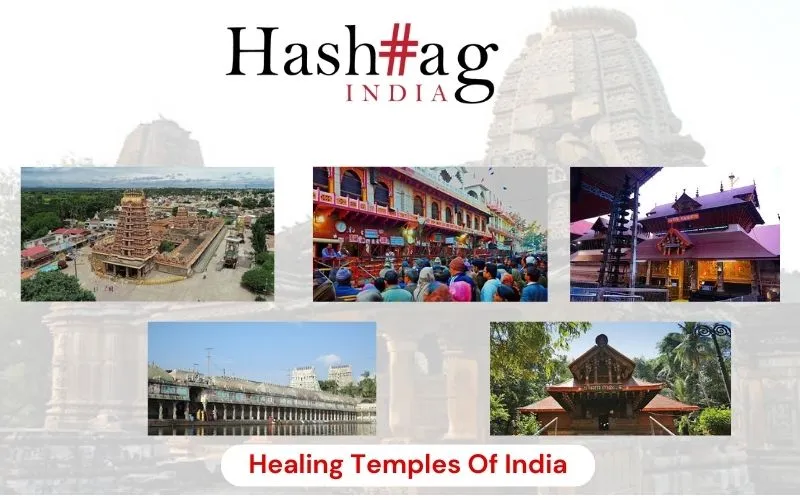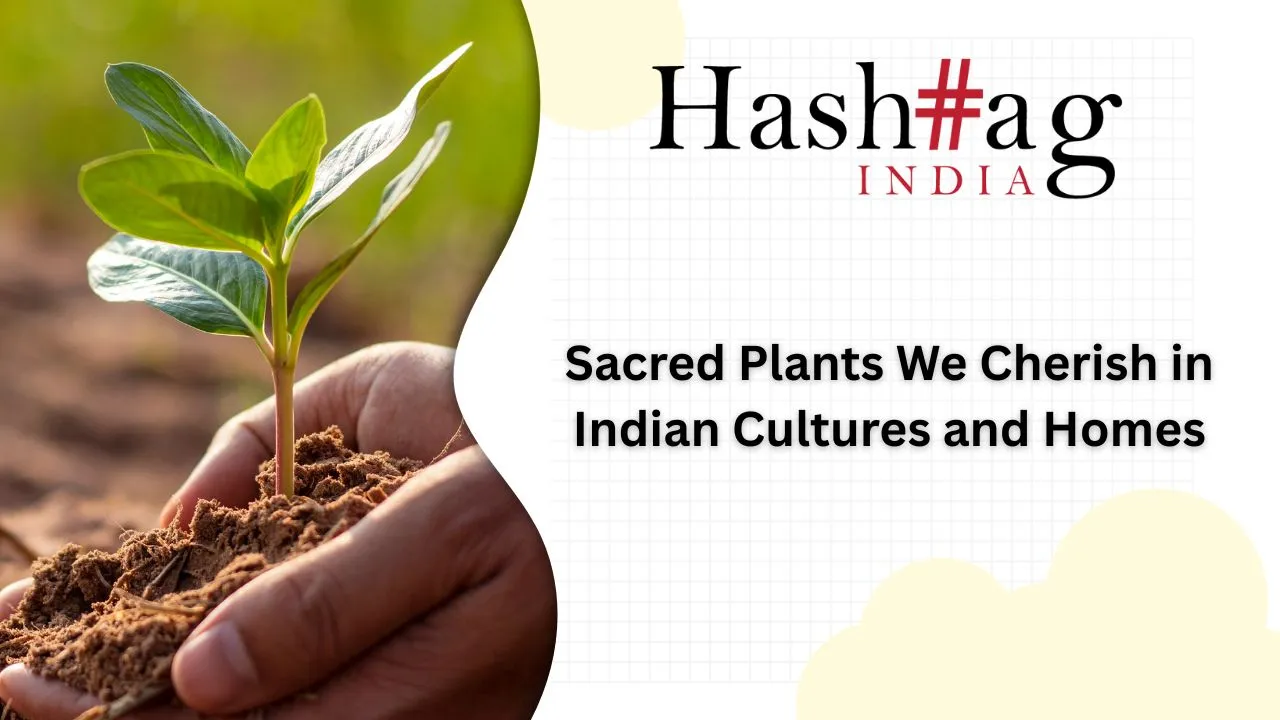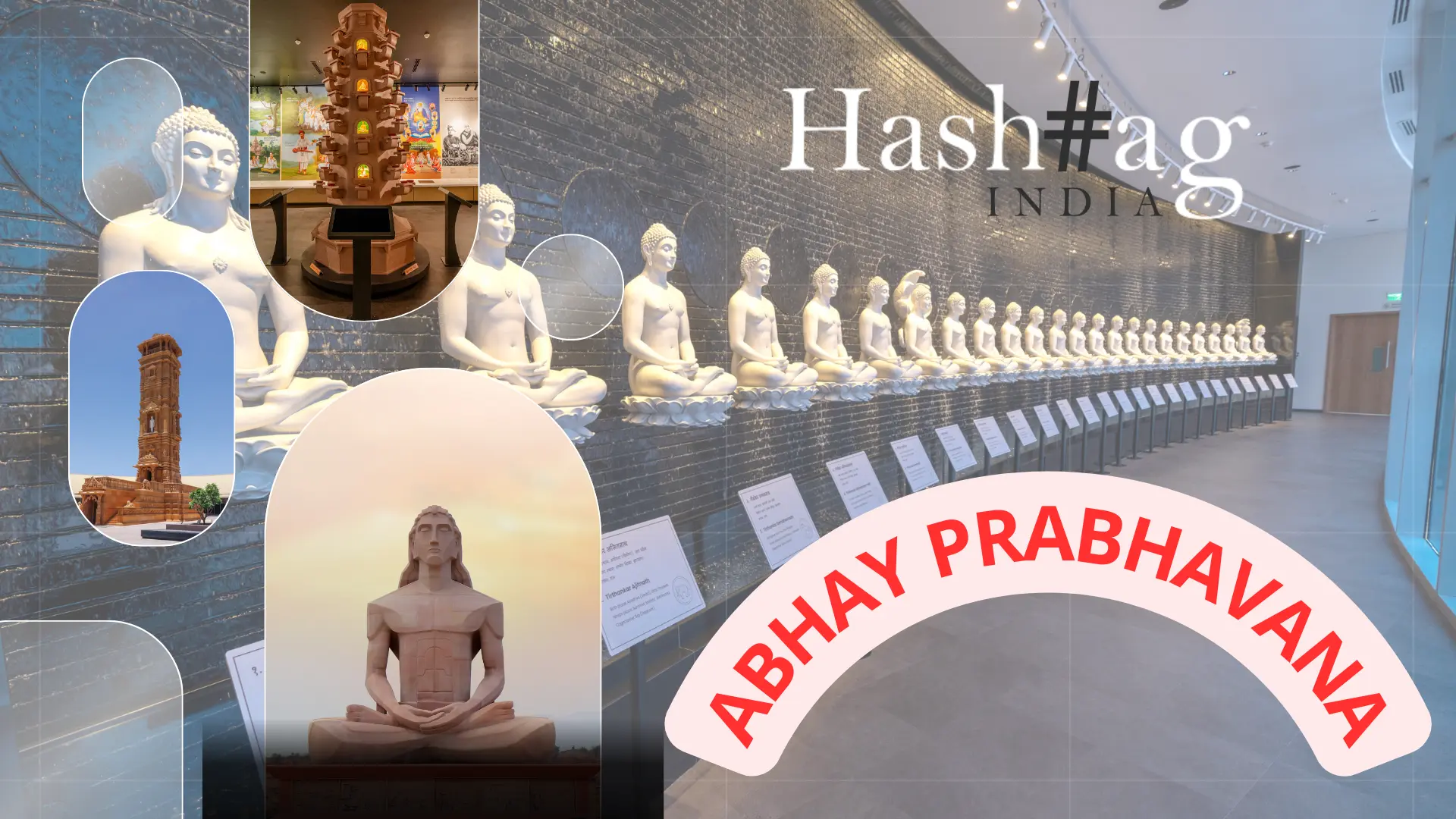Edged by the Arabian Sea to the west and the Western Ghats to the east, Kerala is rightly called God’s Own Country. January and February are the best months to visit, offering pleasant weather and an escape from the state’s extreme heat and monsoon rains. From serene backwaters to lush hills, Kerala is a tropical paradise waiting to be explored. Join SAMBHAVI GAUTAM in discovering its breath taking landscapes, and you might just add Kerala to your travel bucket list.
Kerala’s diverse attractions span from cultural landmarks to pristine natural beauty. This journey through the state begins in Ernakulam, centrally located, and extends south to Poovar Island, offering a seamless travel route. Each destination has been chosen for its accessibility, ensuring a convenient and enriching experience for every traveller.
- Cherai- Located in the Ernakulum district of Kerala, is a small town known for its beaches.
THINGS TO DO- (1-2 Days)
- Enjoy the Cherai beach.
- Visit Poyil Lake, which is very close to the Cherai Beach.
- Visit the oldest European monument in India which is a Fort called “Aya Kotta”.
2) Alappuzha –
The smallest district of Kerala, Alappuzha, known as “The Venice of the East,” is a perfect New Year getaway with its scenic network of canals, lagoons, and lakes. While there’s plenty to explore, creating a priority list will help you make the most of your experience.
THINGS TO DO – (1 -2 days)
- Visit beaches like Kuzhupilly, Munambam, and the Cherai beach.
- When staying in Cherai, you can also visit the Kottappuram Fort on the second days which is a 30 min drive.
- Day cruise in the backwaters of Alleppey to have a beautiful experience of the boathouse in the lagoons.
- Kuttanad region of the Alappuzha district is also called ‘The Rice Bowl of Kerala’ can be the perfect spot for understanding the cultivation pattern in the paddy.
- Evenings at Alappuzha Beach are perfect for witnessing a breath taking sunset.
- Ashtamudi town – (75 kms from Alappuzha towards south)
Experience the splendid sight of the glowing sun passing through the calm waters of the Ashtamudi Lake which is the prominent attraction of the town. Asthamudi town signifies a total eight islands which jointly contribute to be a significant part of the wetland ecosystem in the area. The town is best for escaping the city rush during the vacations and experiencing the biodiversity featuring mangroves and avian species.
THINGS TO DO – (1 DAY)
- Adventurous activities like kayaking and speed boat rides in the lake.
- Experience rejuvenating touch of ayurveda, Kerala’s timeless healing tradition in the individual spa or ayurvedic centres.
- Varkala beach (40 kms from Ashtamudi towards south) and
Kovalam beach (95 kms from Ashtamudi towards south)
If you love beaches and want to enjoy the sand and the sea, Varkala and Kovalam beaches are your spots!
THINGS TO DO- (1 DAY)
- Enjoy a day at the long stretching beaches surrounded by rows of green palm groves, with fresh coconut water and banana chips.
- If you love water sports, this is the place for you, offering activities like kayaking, sea surfing, parasailing, speed boat safaris, snorkelling, and scuba diving.
- Enjoy a stunning sunset at nearby cafes and restaurants, just a short walk from the beach—perfect for indulging in authentic seafood.
- Poovar Island – (17 kms from Kovalam towards south)
Located in Thiruvananthapuram district, about 35 km from the capital, Poovar can be accessed by boat or road. Its serene setting, away from the town’s hustle, makes it an ideal place to unwind. What makes Poovar truly special is its unique convergence of beach, island, backwaters, river, and sea—all in one breath taking location.
THINGS TO DO (2 DAYS)
- Spend a day immersed in nature, exploring Poovar’s rich ecosystem with a scenic nature walk, surrounded by vibrant butterflies and diverse bird species.
- Dedicate the second day to unwinding on Poovar’s unique golden-sand beach, which separates the backwaters from the sea. While swimming isn’t advisable due to strong estuarine currents, the serene breeze and stunning views make for a perfect day of relaxation.
- Kanniyakumari (40 kms from Poovar Island)
Kanyakumari, though not in Kerala, is India’s southernmost tip, where the Arabian Sea, Bay of Bengal, and Indian Ocean merge in a breath taking spectacle. Its mystical charm is further enhanced by stunning sunrises and sunsets that paint the horizon in vibrant hues.
Things to Do (1–2 Days)
- Take a local vehicle from Poovar and stop at the historic Padmanabhapuram Palace along the way.
- Upon arrival, take a ferry to the iconic Vivekananda Rock Memorial for panoramic ocean views.
- Visit the sacred Kanyakumari Temple, dedicated to the goddess Kanyakumari, and explore its spiritual significance.
Travelling and Commuting Options
Kerala has a well-connected network of roads, railways, and airports, making travel easy for tourists.
- To cover all the mentioned destinations, start from Cherai or Alappuzha, accessing Kochi Airport or nearby railway stations like Aluva and Alappuzha.
- For a shorter trip, opt for Thiruvananthapuram Airport or Railway Station, allowing you to travel north to Alappuzha and Ashtamudi or south to the beaches and Poovar Island.
- Online taxis and accommodation-linked cabs are available, ensuring a hassle-free experience while exploring Kerala’s top attractions.
Conclusion
Kerala’s famous destinations are best visited between December and February, offering the perfect weather to experience its natural beauty. This curated itinerary helps you enjoy the tropical landscapes while allowing flexibility to extend or shorten your trip. Pack a light cotton jacket for the cool breeze, choose accommodations wisely, and stay cautious around water bodies. And before you leave, don’t forget to explore Kerala’s spice and Ayurvedic shops for a truly local experience!





























